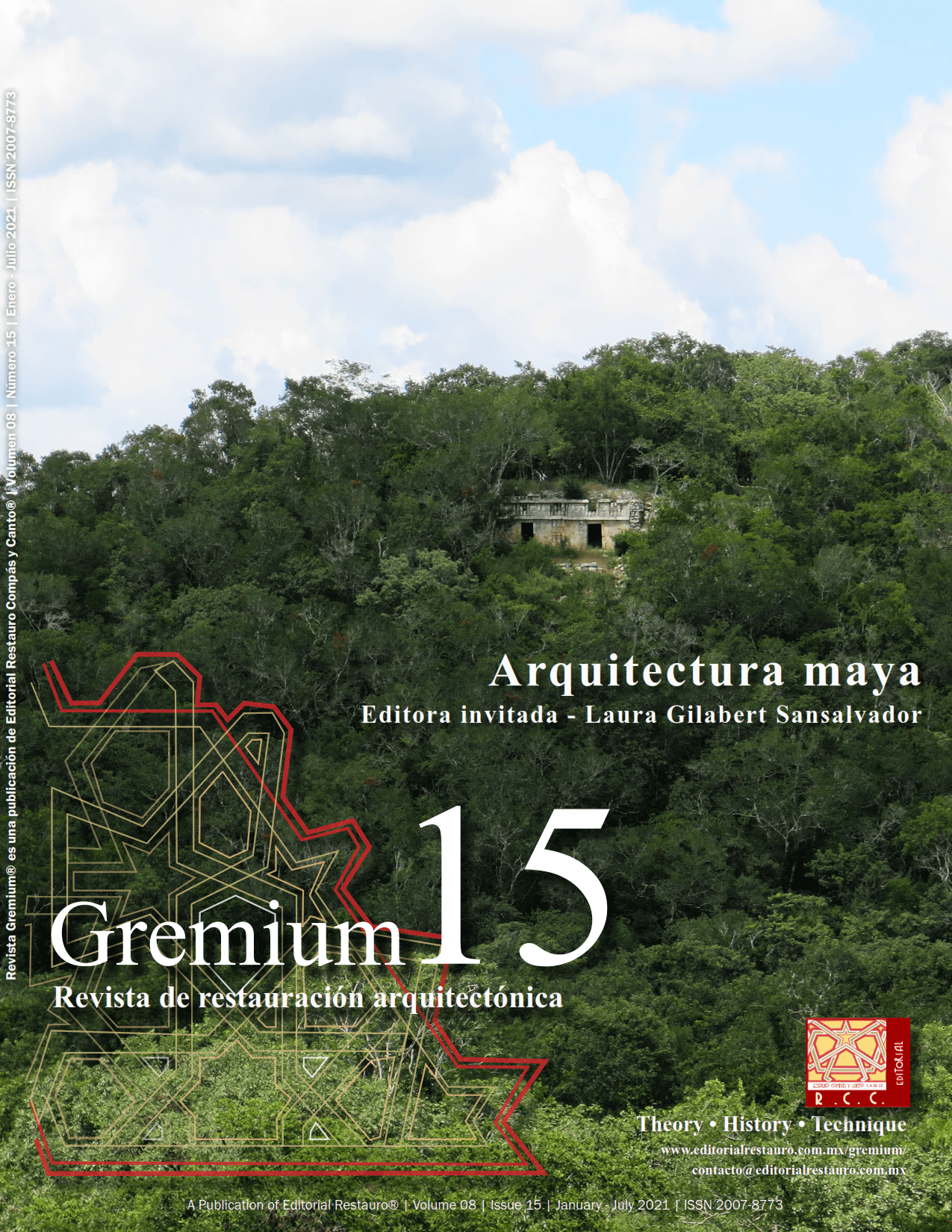Quiriguá 1910-1914: an inflection point in architectural heritage preservation
DOI:
https://doi.org/10.56039/rgn15a10Keywords:
quiriguá, maya heritage, architectural conservationAbstract
The work carried out by the School of American Archaeology under the auspice of the United Fruit Company
from 1910 to 1914 in the ancient city of Quiriguá, today world Heritage Site, implied a change of paradigm in
architectural heritage preservation in the Maya Area. The development of a four-season funded by one of the
most powerful companies and more politically influential at the moment, not only entailed the instauration
of the first institutional archaeological Project in Guatemala but also it meant the catalyzer to set the first
guidelines to preserve this architecture inherited from the ancient Maya. The present research delves into the
historical, political and economic context when the agreement for this pioneer intervention was made and its
repercussion in the history of Pre-Columbian architecture preservation from an exhaustive documental analysis
in the institutional archives and the according emerging legislation.
Downloads
Downloads
Published
Issue
Section
License

This work is licensed under a Creative Commons Attribution-NonCommercial-ShareAlike 4.0 International License.























